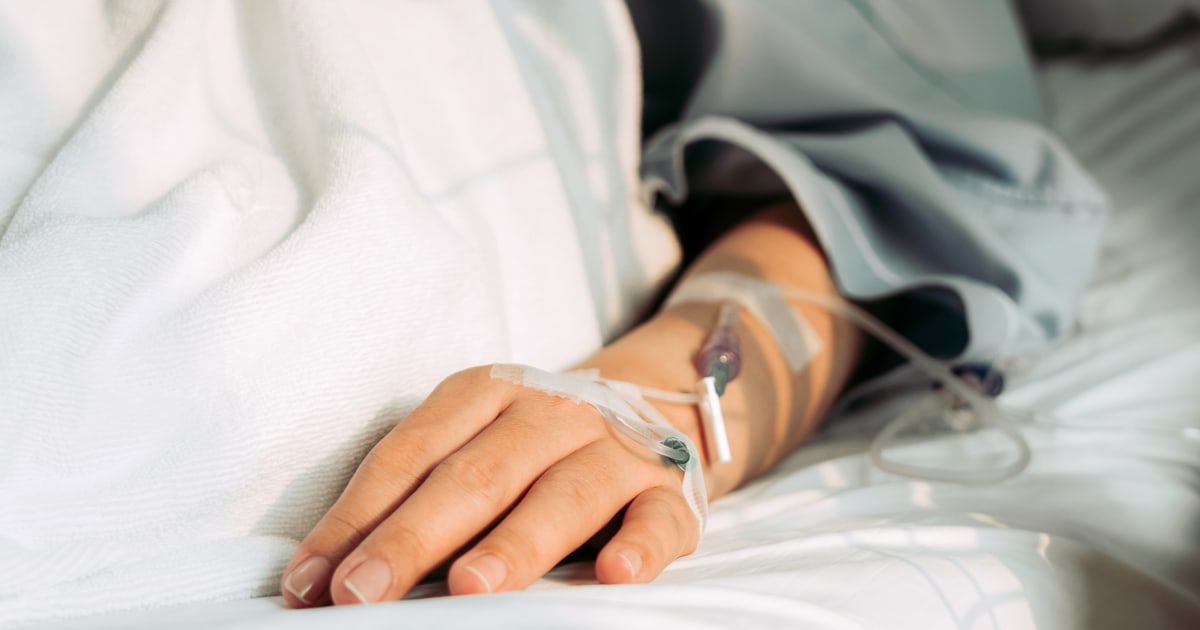
When a patient with a brain injury is unresponsive, doctors turn to certain basic tests to see if they could still have some awareness: calling their name, clapping near their ear or inserting a cotton swab in their nose.
Those who don’t wake up are often believed to have lost consciousness.
But a new study suggests that a quarter of brain-injured patients who don’t physically respond to commands are doing so mentally. The results were published this week in the New England Journal of Medicine.
The study looked at 353 patients who, from the outside, seemed to have lost consciousness due to a brain injury. The sources of these injuries varied from accidents to heart attacks and strokes. Of those patients, 241 were diagnosed as being in a coma, a vegetative state or having only minimal consciousness.
The researchers gave the patients verbal commands, like telling them to imagine themselves swimming or to open and close their hands. For 60 of the 241 patients, there was evidence that they could still perform those tasks in their head. The study refers to this as “cognitive motor dissociation.” Some doctors prefer the term “covert awareness.”
The mental tasks were demanding enough that even some of the other patients who had recovered enough to physically respond to verbal queues couldn’t perform them, said Dr. Nicholas Schiff, an author of the study and a neurologist at Weill Cornell Medicine.
The findings suggest that covert awareness is more common than originally thought: Small studies previously estimated that around 10%-20% of unresponsive patients had it. The new study is larger than its predecessors.
“It’s both an incredible finding, but also kind of scary,” said Caroline Schnakers, assistant director of the Casa Colina Research Institute, who studies the same phenomenon but was not involved in the new research.
The idea that so many patients “could be able to at least respond to their environment, but are not given the right tools for doing so — that’s very alarming for clinicians,” she said.
Schiff said 1 in 4 patients is likely a conservative estimate.
“We know we missed people,” he said. “We also know that patients who have severe brain injury have what are called fluctuations in arousal. They have good and bad times of the day.”
His team measured patients’ mental activity through brain wave tests and functional MRIs. Unlike a standard MRI, which produces 3D images of the brain, a functional MRI measures activity in the brain based on blood flow. When conscious people are told to follow a command, certain areas of the brain become more active, and blood flow to these areas will increase.
Not all hospitals have this technology, however, meaning doctors could miss out on diagnosing patients. Many hospitals use CAT scans or standard MRIs — along with physical exams — to determine if a patient’s mind is still active. If those tests don’t show signs of consciousness, doctors may falsely assume there’s no hope for improvement.
“They’re going to be treated as if they’re fully unresponsive,” Schiff said. “No one’s going to guess that they’re there.”
Dr. David Greer, chair of the neurology department at Boston University School of Medicine, pointed to one limitation of the study: The patients didn’t all have the same injuries or level of brain dysfunction.
“It’s a fairly heterogeneous group, and I think that has to be a caveat,” said Greer, who wasn’t involved in the research.
Schiff, however, said brain dysfunction tends to be relatively similar across injuries.
Among the patients in his study, young people and those with traumatic brain injuries — the kind linked to external events like falls or car crashes — were more likely to have covert awareness.
“Traumatic brain injury patients are notorious for looking really bad for weeks to even months, and then having a remarkable delayed recovery at six months or 12 months,” Greer said. “Those are the ones that I’m always super cautious about to make sure I’m not making any snap judgments.”
But he noted that even if a patient is conscious, it’s not a guarantee that they’ll return to their normal lives one day.
“The worst message that people can take from this as a family is to say, ‘Oh, they’re in there and they’re going to make a full recovery,’” Greer said. “I think that would be very misleading for families to have that kind of false hope, because many if not most of these patients will still have a severe disability.”
But the findings do offer hope for connecting patients to certain treatments in the future. For now, the options are limited: A Parkinson’s drug, amantadine, has shown some promise in helping people recover consciousness. Some doctors also prescribe Ambien, stimulants or antidepressants.
Brain implants or neuromodulation (using electrical currents to alter brain activity) could represent the next wave of treatments, Schnakers said. She emphasized the need to provide families with options for their loved ones.
“The family will ask, ‘What can we do?’ It’s actually something that we have not thought about very seriously,” she said, adding: “This is not acceptable anymore.”

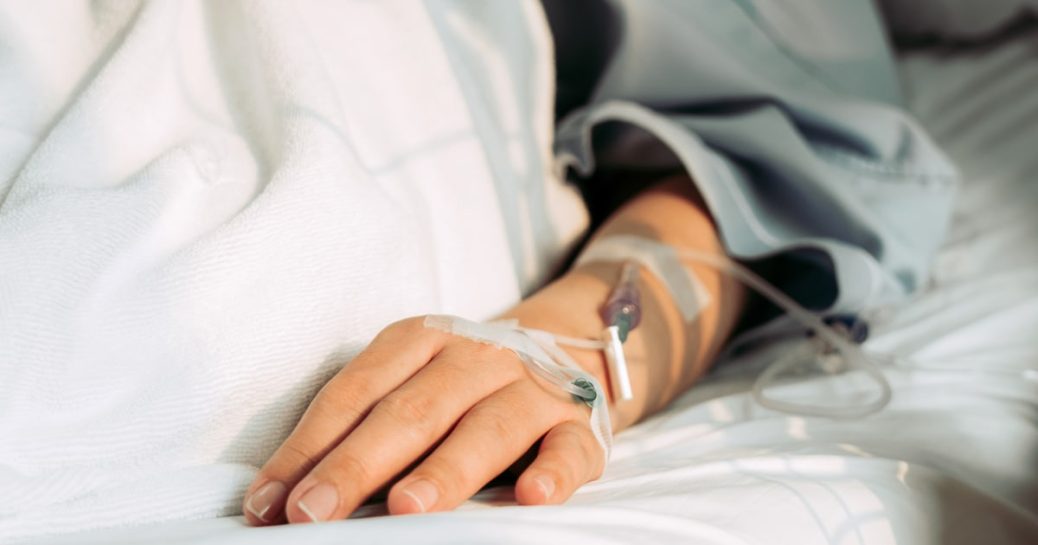
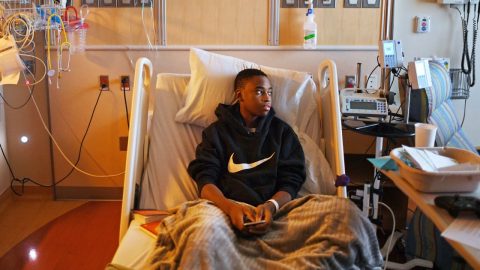
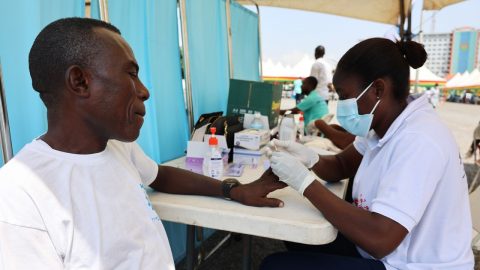


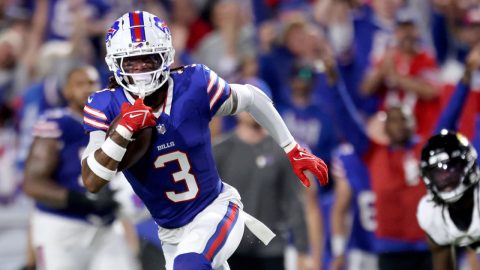


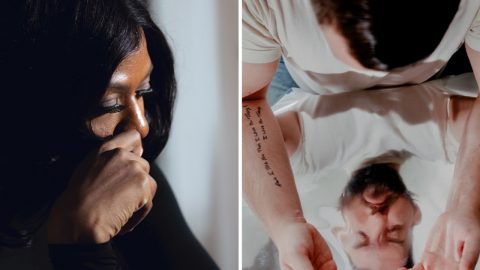
Recent Comments